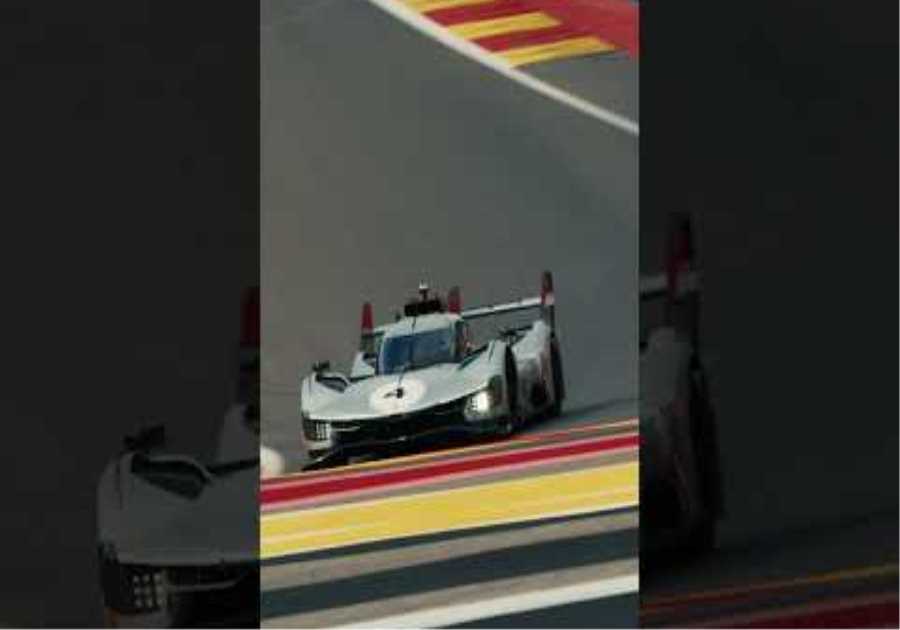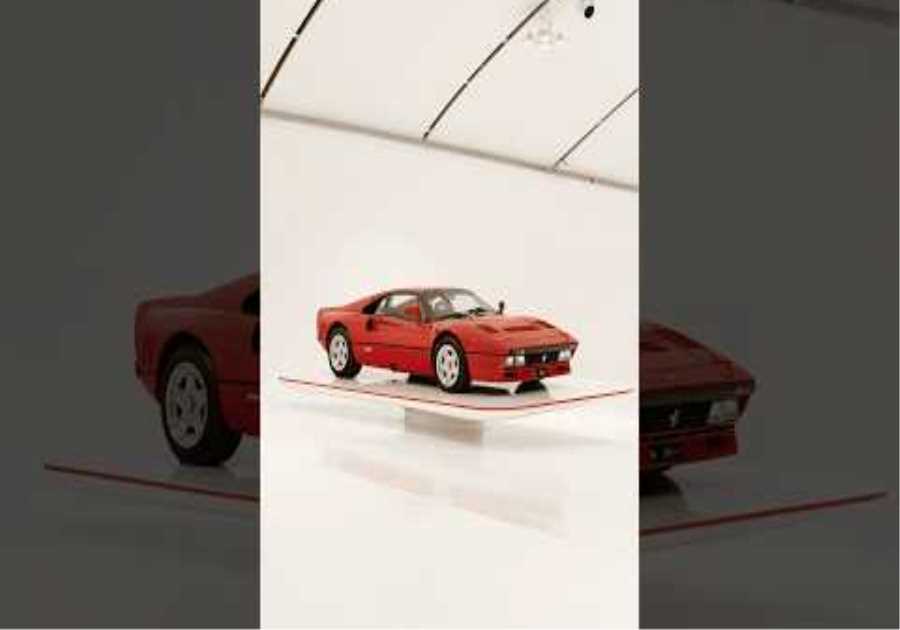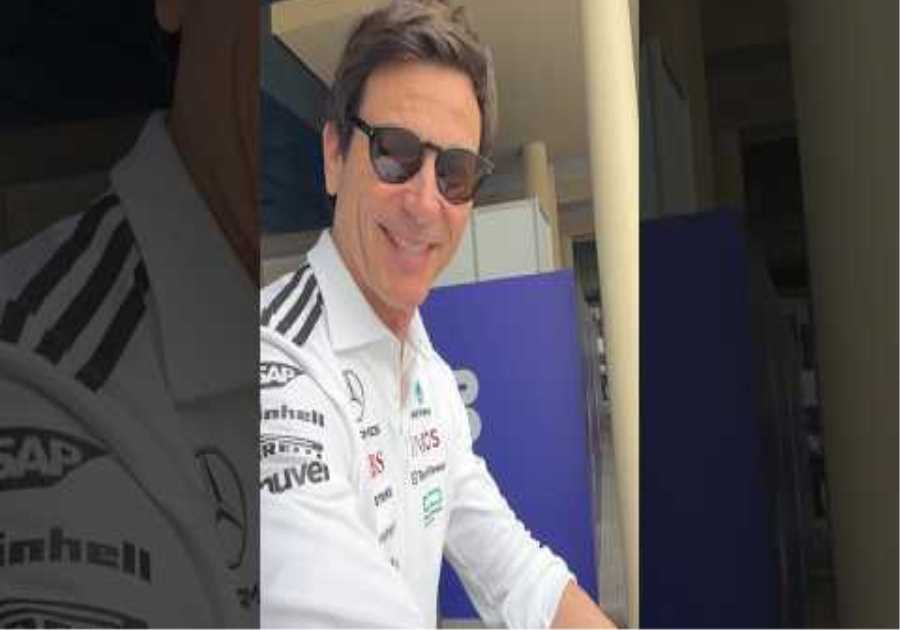
Lewis Hamilton has said the behavior of Mercedes’ W13 was such that it was like there ‘was a ghost’ coming back to affect its performance.
The seven-time World Champion has said that, despite Mercedes making progress with the car at times throughout the season, the inherent difficulties with the W13 kept coming back to plague both himself and George Russell.
At the start of the season, Mercedes rolled out their sidepod-less concept to the world at the Bahrain test, but struggled to unlock pace from the car as they suffered from an aerodynamic phenomenon known as porpoising.
This phenomenon held Mercedes back badly at the start of the year, due to the need to raise their car’s floor height to negate its effects on the drivers – the increased height causing a lack of downforce as a result.
But, at the Spanish Grand Prix, an upgrade package saw Mercedes take a clear step forward in understanding the car – only for them to take a step backwards once again at the Azerbaijan Grand Prix three weeks later.
“The first big step was Barcelona, that was our first hint of there being more potential in the car,” Hamilton said of the W13, in a special year-end interview for the Mercedes F1 website.
“It turned out to be a bit of a false positive; the car was good there but then the races afterwards were difficult. It was like a ghost was in the car and it kept coming back. But then there was France and that felt like a good step with our first double podium of the season. And then there was Austin, too, with the update we had working well.”
Lewis Hamilton: Never any doubts we would get there
By season end, Mercedes managed to get the W13 onto the top step of the podium. In Brazil, Russell and Hamilton came home with a 1-2 finish – a result that kept the Brackley-based squad’s hopes of fighting Ferrari over a runner-up spot in the Constructors’ Championship alive at the time.
Having started the season so far on the back foot, the development curve of the W13 had clearly proven quite impressive to join Red Bull’s RB18 and Ferrari’s F1-75 as a race winner, but Hamilton said he never had any doubt it was possible.
“I always knew that we could do it,” he said.
“I never doubted that we would get there in the end, but there was lots of trial and error, and so much failure this year. There were times we brought upgrades and they didn’t work, and times we tried different things and it didn’t work.
“I tried so many things and failed so many times but, through that, you learn and grow. That’s what it’s been about this year. It’s been about failure, breaking down egos, strengthening our relationships, and strengthening our communications. From that perspective, it’s been really empowering.”
Could Mercedes be back at full force in 2023?
Having had an ‘off-year’ in 2022 as they were the big team to stumble somewhat upon the introduction of the new technical regulations, Mercedes have huge potential to bounce back strongly next season.
Armed with the knowledge of what their car was good and not so good at, a year’s worth of data, and a fair idea of how their sidepod-less design stacked up against the less extreme designs of the Red Bull and Ferrari, it’s difficult to see Mercedes not fine-tuning their weaknesses over this winter.
Given they managed to pull off a win (and challenged for a few others) with a ‘poor’ car, it’s quite likely Red Bull will at least have to worry about Mercedes far more in 2023 as the new regulation set begins its maturing cycle.
Read More – Toto Wolff: Lewis Hamilton taking on ‘Michael Schumacher-esque’ role at Mercedes






